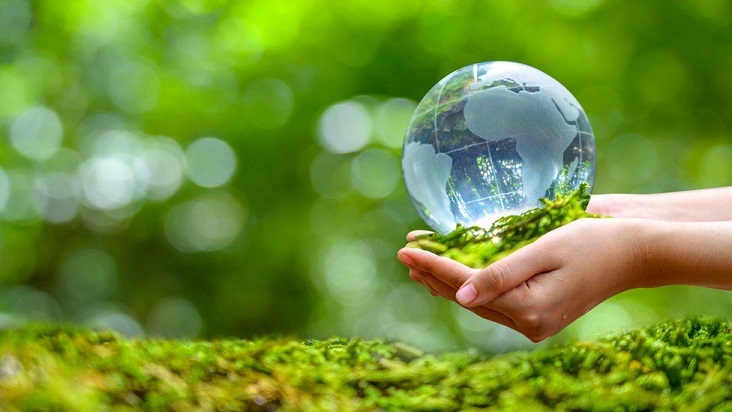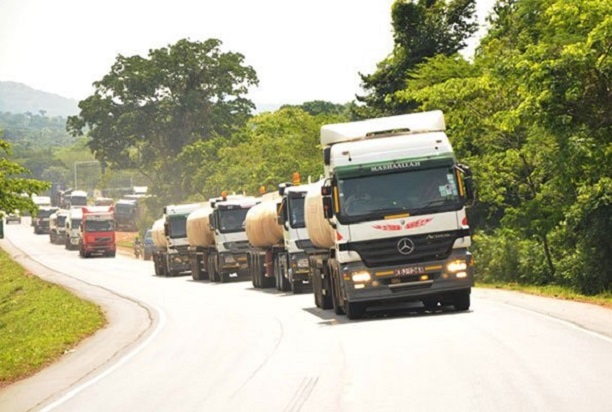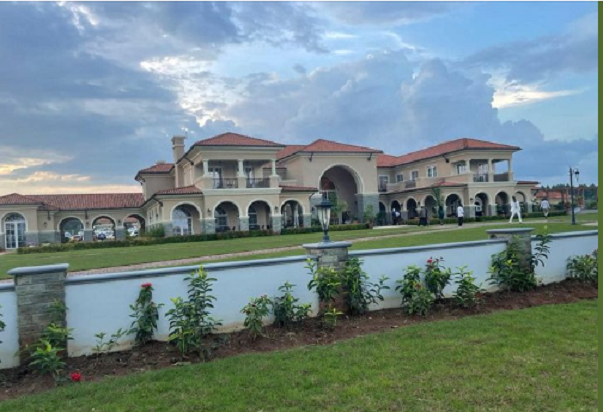A study has found that Africa received an average of $35 billion per year for fossil fuel and clean energy projects over the past decade.
That amount was enough to address the continent’s energy finance gap, but unequal distribution has left many countries behind said the lead author Oyintarelado Moses.
Oyintarelado Moses in his new working paper tracks committed public and private energy finance from Group of 20 (G20) countries and multilateral development banks (MDBs) to Africa from 2012-2021.
He found that public and private energy finance to Africa from countries in the Group of Twenty (G20) and multilateral development banks (MDBs) from 2012 to 2021 totaled $345.76 billion, according to this paper’s findings.
So on average about $35 billion flowed to Africa per year, this finance was within the estimated $31.5–$45 billion range necessary to address Africa’s annual energy finance gap.
However, it was distributed unevenly, with ten countries receiving 77 percent of all finance over the ten-year period.
The researcher found that a small group of African countries received most of the finance. Twenty African countries received $307.91 billion, or 89 percent of the finance.
Egypt, Mozambique, Nigeria, South Africa, Angola, Morocco, Ghana, Uganda, Kenya, and Ethiopia altogether received $267.40 billion, or 77 percent. China, France, Italy, the United States, Russia, the United Kingdom, Japan, and India were the top energy bilateral financiers from 2012 to 2021.
The World Bank Group and the AfDB also provided significant amounts of finance. These ten countries and institutions committed $283.84 billion, or 82 percent of total finance, to African countries.
Not only do these countries have active public finance institutions, but large corporations from the fossil fuel sectors of these countries also bolstered the amount of finance committed to the continent. Most of the top ten financiers largely supported a diverse group of sectors, with a few exceptions.
China supported all energy sources except nuclear. Russia primarily supported mixed fossil fuel sectors and provided a large amount of public finance for one nuclear project in Egypt. All countries examined, except Russia, provided support for solar projects.
The paper shows that only a few countries and multilateral financing entities—including China, France, Italy, the United States, and the World Bank Group—supplied the majority of energy finance to Africa between 2012 and 2021. “In many ways, this finding is unsurprising; however, it serves as a reminder that significant amounts of energy finance are subject to the policies and priorities of a small number of countries and institutions,” said the paper.
About 600 million people—43 percent of Africa’s population—lacked access to electricity in 2021. Despite the need for greater investment, the continent currently attracts less than 5 percent of global energy investment.
At the 2023 United Nations Climate Change Conference (COP28), now in its concluding days, African leaders and policymakers expressed their desire to harness the opportunities of the continent’s energy resource potential. Of the energy finance Africa has received, which countries received the most financing, from whom and to which sectors?
Which countries and sectors have been under-financed and thus, represent great need and opportunity for investment?
Southern Africa, which has three countries in the top five recipients, received the most finance, at 34 percent, while North Africa received the second highest amount of finance, at 29 percent.
West Africa (21 percent), East Africa (11 percent), Central Africa (3 percent), and regional Africa (2 percent) received finance in that order. Regional Africa refers to groups of multiple countries that span more than one region.
Egypt, Mozambique, Nigeria, South Africa, Angola, and Morocco were in the top ten recipients list for both public and private finance. Most of the $345.76 billion in energy finance for African countries went to projects with gas/liquefied natural gas (LNG), mixed fossil fuels, and solar energy sources.
Of the total energy finance, $197.17 billion (57 percent) came from public institutions, while $148.59 billion (43 percent) came from private corporations.
The paper identifies some important similarities and differences between public and private finance. Both streams were highly concentrated in terms of senders and recipients, though the recipients differed slightly. For both streams, gas/LNG projects received the most or nearly.
“As G20 countries and MDBs continue partnering with African countries to achieve energy access and transition goals, financiers should prioritize distribution to historically low recipients and African regional institutions and investors with vested interest in African countries’ energy priorities.” Said Oyintarelado Moses, Data Analyst and Database Manager – Global China Initiative, Boston University Global Development Policy Center:
Key messages
Energy finance to Africa over the last decade has been unevenly distributed, with most support flowing to a select group of countries – leaving hundreds of millions of people in other countries to live amid substantial energy financing gaps.
Published by the Carnegie Endowment for International Peace, the paper provides a landscape of the trends in public and private energy finance to Africa by discussing top recipients and financiers, financing types, the most financed energy sources and gaps in energy finance in the region.
From 2012-2021, public and private energy finance from the G20 and MDBs to African countries totaled $345.76 billion. Of the total energy finance, $197.17 billion (57 percent) came from public institutions, and $148.59 billion (43 percent) from corporations.
An average of about $35 billion per year, this finance was within the estimated $31.5 billion to $45 billion range needed to address Africa’s annual energy finance gap. However, the finance was unevenly distributed, with ten countries receiving 77 percent ($267.40 billion) of all finance over the ten-year period.
Some inequity may be a consequence of differing domestic energy demands, investment environments, or natural resource endowments across countries.
From highest to lowest, these are Egypt, Mozambique, Nigeria, South Africa, Angola, Morocco, Ghana, Uganda, Kenya and Ethiopia.
Ten bilateral and multilateral financiers provided the bulk of the finance ($283.84 billion, or 82 percent), from highest to lowest: China, the World Bank Group, France, Italy, the United States, Russia, the United Kingdom, Japan.





